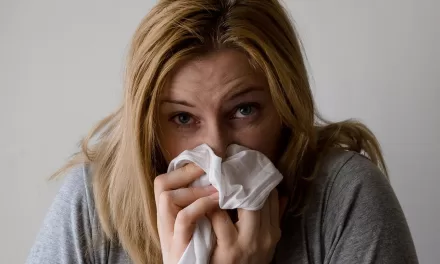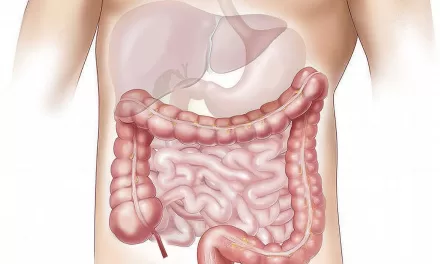November 2, 2024
If you’re dealing with a runny nose and a persistent cough that lingers despite powering through work or school, you may be among a growing number of people experiencing “walking pneumonia.” This milder form of pneumonia, caused by the bacteria Mycoplasma pneumoniae, has recently surged, according to the Centers for Disease Control and Prevention (CDC), especially among young children, though older children, teens, and adults are also falling ill.
Health experts report that although walking pneumonia tends to be less severe than traditional pneumonia, it can be challenging to detect and difficult to shake off without treatment. Northeastern University health professionals emphasize that the infection, while persistent, can be effectively managed with antibiotics.
Recognizing Walking Pneumonia
“Cases have significantly increased,” says Neil Maniar, director of Northeastern University’s Master of Public Health program. Walking pneumonia, unlike viral infections such as the common cold, is a bacterial infection of the upper respiratory tract. Symptoms overlap with those of a cold—runny nose, sore throat, fever, and cough—but walking pneumonia persists much longer, particularly the cough, explains Brandon Dionne, an associate clinical professor of pharmacy and health systems science.
Young children may also experience additional symptoms such as diarrhea, wheezing, or vomiting, according to the CDC. However, unlike viral infections that tend to resolve within days, walking pneumonia can last for weeks or even months if untreated. “It doesn’t usually cause very severe illness but can linger for a while,” Dionne says, noting its similarity to acute bronchitis.
Why Walking Pneumonia is Difficult to Contain
One unique challenge with walking pneumonia is its prolonged incubation period. According to Dionne, symptoms may take anywhere from a week to a month to appear after exposure, and during this time, individuals can spread the bacteria. People infected with walking pneumonia remain contagious as long as symptoms persist, and Mycoplasma pneumoniae can linger in the respiratory tract for months. This extended contagion period and the mildness of symptoms often result in people unknowingly spreading the infection.
The infection’s name—walking pneumonia—stems from the fact that those affected generally continue their daily routines, unaware of the potential to infect others.
Diagnosis and Treatment
Diagnosis of walking pneumonia typically involves PCR or antibody tests, though these are infrequent since the symptoms are usually mild. Most cases resolve on their own, but antibiotics like azithromycin (often in a “Z-Pak”) can help hasten recovery and reduce the risk of transmission. Dionne notes that Mycoplasma pneumoniae is resistant to penicillin antibiotics like amoxicillin, which is often used to treat other bacterial infections such as strep throat. For patients who don’t respond to first-line antibiotics, doctors may consider fluoroquinolone or tetracycline antibiotics, though antibiotic stewardship remains crucial.
The Current Outbreak
In an October advisory, the CDC reported an unusual spike in cases among children aged 2 to 4, a group less commonly affected by walking pneumonia, which traditionally impacts children aged 5 to 17 and young adults. Data from March 31 to October 5 showed increased cases across all age groups, with the CDC attributing this resurgence to reduced natural immunity following the COVID-19 lockdowns.
“When people were staying home, they were not exposed to many illnesses, which meant they didn’t build immunity against certain infections,” Maniar explains. “This likely contributed to the recent uptick in cases, though it’s not the sole reason.”
Preventive Measures
There is currently no vaccine for Mycoplasma pneumoniae, but Maniar recommends frequent handwashing to help prevent infection. Vaccinations against COVID-19, influenza, and pneumococcal disease can provide protection against co-infections, which are more likely to occur in individuals with weakened immune systems.
Dionne encourages anyone with symptoms that linger or worsen to consult a healthcare provider. “Typically, after infection, your immune system develops antibodies, reducing the likelihood of future infections,” he says.
While walking pneumonia is usually manageable, awareness and preventive measures are key to reducing its spread, especially amid this current rise in cases.












